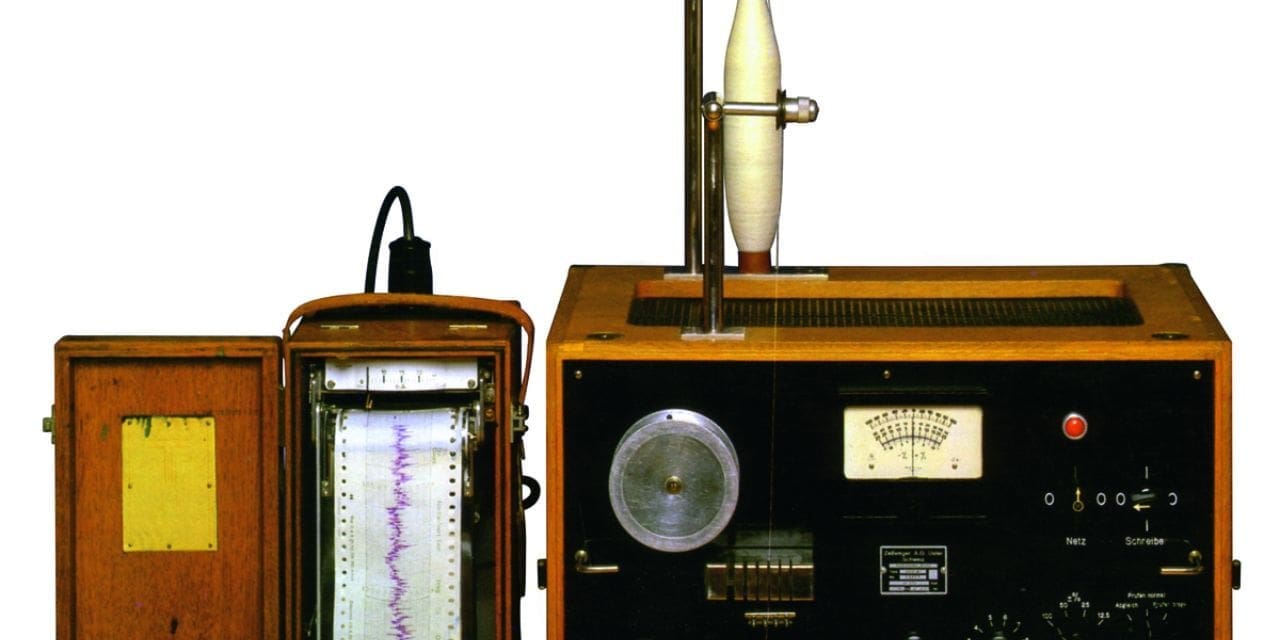It used to be subjective to rate the quality of textiles. It is now a matter of fact that is measurable, reproducible, and widely accepted. As the foundation for trading, pricing, and ultimately customer happiness, quality now has numerical values. And this year is the 75th anniversary of the trailblazing invention that sparked that transition and established the world-class conditions for textile manufacture in the twenty-first century.
All of it began with a request from a group of Swiss spinners in the early 1940s. They sought an accurate method for determining the “evenness” of textile slivers, rovings, and strands. This characteristic was and still is seen to be essential for the consistency, uniformity, and processability of materials as well as the deciding factor in terms of price and quality. The original instrumentation technique for evennessTesting for these spinners was created by Zellweger Uster, a business involved in the then-emerging field of electronics.
It’s safe to say that every textile manufacturer in the world is familiar with the name of that company’s most well-known product, the Uster Tester, which is now known as Uster Technologies. In actuality, textile mills only use the word “Uster” to describe the equipment as well as the procedure of evenness testing. The Uster Tester has evolved and expanded over the past 75 years at a rapid rate with advances in technology. Specially designed sensors and innovative software have expanded measurement possibilities. The entire mill now has access to a unique Quality Management Platform thanks to connectivity with other Uster technologies at every level of processing.
AssessingTexture quality used to be subjective. It is now a matter of fact that is measurable, reproducible, and widely accepted. As the foundation for trading, pricing, and ultimately customer happiness, quality now has numerical values. And this year is the 75th anniversary of the trailblazing invention that sparked that transition and established the world-class conditions for textile manufacture in the twenty-first century.
All of it began with a request from a group of Swiss spinners in the early 1940s. They sought an accurate method for determining the “evenness” of textile slivers, rovings, and strands. This characteristic was and still is seen to be essential for the consistency, uniformity, and processability of materials as well as the deciding factor in terms of price and quality. The original instrumental technique for assessing evenness was created for these spinners by Zellweger Uster, a business involved in the nascent electronics industry at the time.
Today, that business is known as Uster Technologies, and it’s safe to say that every manufacturer of textiles in the world is familiar with the brand name of its most well-known item, the Uster Tester. In truth, textile mills only use the word “Uster” to describe the equipment and the evenness testing procedure. The Uster Tester has evolved and been expanded during the past 75 years in step with quick-moving technical advancements. With the help of innovative software and particularly constructed sensors, measurement capabilities have been expanded. A distinctive Quality Management Platform for the entire mill has been built by connectivity with other Uster systems at every level of processing.
Evaluating textileQuality used to be subjective. It is now a matter of fact that is measurable, reproducible, and widely accepted. As the foundation for trading, pricing, and ultimately customer happiness, quality now has numerical values. And this year is the 75th anniversary of the trailblazing invention that sparked that transition and established the world-class conditions for textile manufacture in the twenty-first century.
All of it began with a request from a group of Swiss spinners in the early 1940s. They sought an accurate method for determining the “evenness” of textile slivers, rovings, and strands. This characteristic was and still is seen to be essential for the consistency, uniformity, and processability of materials as well as the deciding factor in terms of price and quality. The first practical approach for measuring evenness wasdesigned for these spinners by Zellweger Uster, a business involved in the nascent electronics industry at the time.
Today, that business is known as Uster Technologies, and it’s safe to say that every manufacturer of textiles in the world is familiar with the brand name of its most well-known item, the Uster Tester. In truth, textile mills only use the word “Uster” to describe the equipment and the evenness testing procedure. The Uster Tester has evolved and been expanded during the past 75 years in step with quick-moving technical advancements. With the help of innovative software and particularly constructed sensors, measurement capabilities have been expanded. A distinctive Quality Management Platform for the entire mill has been built by connectivity with other Uster systems at every level of processing.

